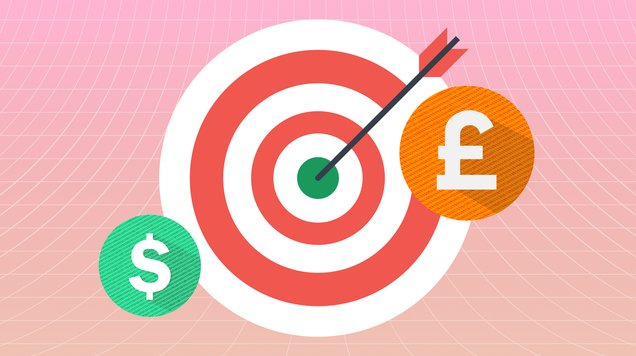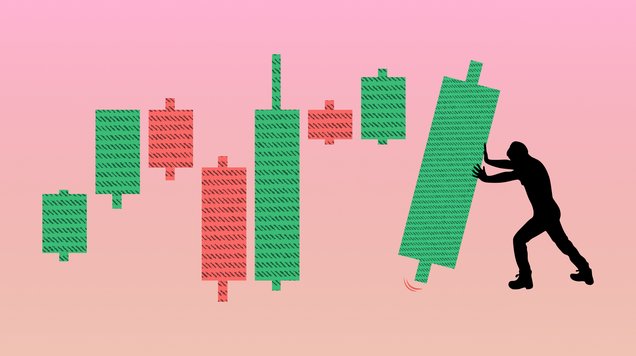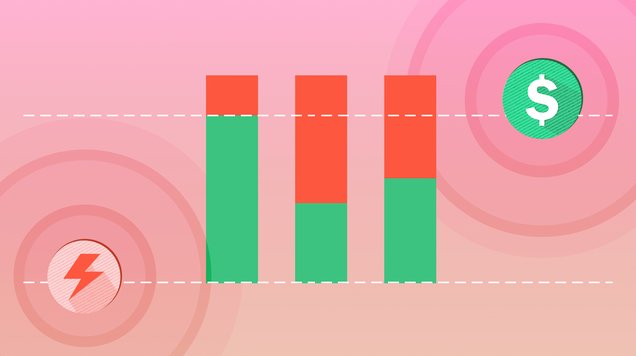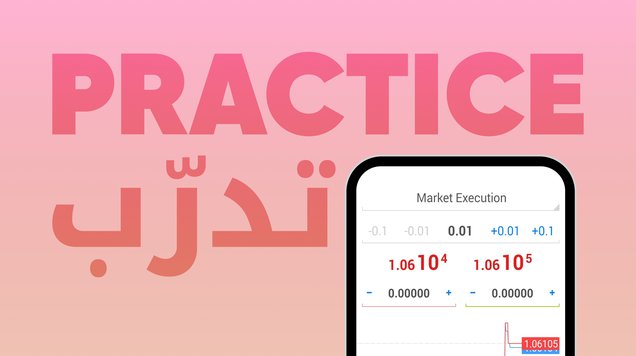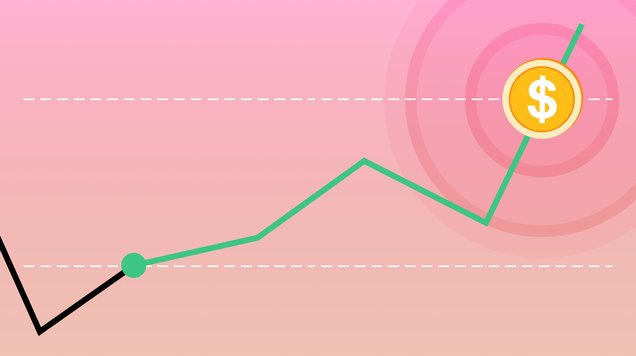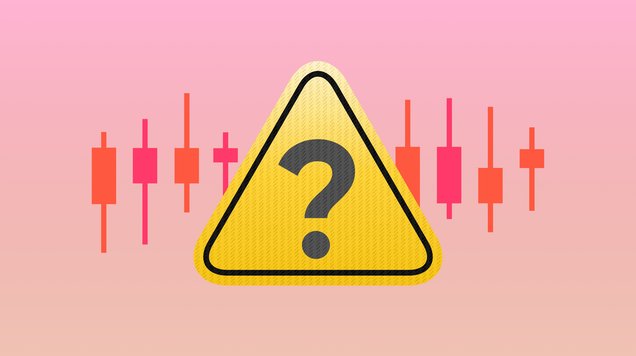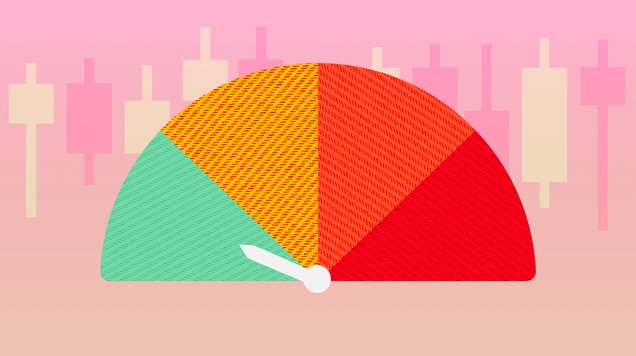Risk Management 101
Read our beginner’s guide to risk management and learn how to use popular tools to limit trading losses.

Risk management is about identifying risks in your trading plan and applying the correct tools to control the outcome of your trades and ideally limit losses
Establishing a risk management framework that matches your risk appetite is crucial for protecting your capital
Typical types of risks involve in trading include unexpected liquidity issues (lack of funds or demand) and market volatility (swinging price movements)
Diversification, stop loss orders and hedging are some of the most popular techniques used by traders to reduce risks
What does risk management mean?
Trading offers the possibility to capture profits and gain additional income, but it also comes with risks. Therefore, risk management is crucial for even the most experienced traders.
Risk management means acknowledging the risks involved in trading and taking action to handle those risks. Risk management strategies and tools help traders to limit how much money they can lose and reduce the risk of open trades closing unexpectedly due to insufficient funds in their trading account.
You can manage your risk by identifying and evaluating any potential challenges that may affect your trading plan. By thinking about the factors that can affect the possible outcome of your trade, you can prepare for these risks by choosing strategies and tools that can help prevent them.
Popular risk management tools include stop loss orders, diversification, hedging, position sizing and monitoring the market. Tools and strategies can be used to trade different products like forex pairs, stocks, commodities and indices. They are especially important when it comes to trading highly volatile products that offer opportunities for larger profits and losses.
Common risk management strategies and tools
There are many risks involved in trading, but there are also plenty of risk management strategies and tools available to limit the effects of these risks. Every trader has a unique trading plan, so it is important to find the tools that work best for you.
Here’s a few popular risk strategies and tools:
Stop loss orders are one of the most popular and commonly used tools to control risk on your trades. If you set a stop loss order on your trading platform, it means an open position will be automatically closed if unexpected volatility appears, and the price of the underlying asset reaches the decided value. As traders can choose the price at which the stop loss order will be executed with, it can be adjusted to their own risk appetite.
Diversification means creating a trading portfolio that doesn’t put all your eggs in one basket. This is achieved through investing in different assets, companies and industries. The more diversified your portfolio of assets is, the less vulnerable you are to sudden changes affecting one asset group, company or industry.
Position sizing means determining the ideal position size for your trades. Traders should be aware how much risk the size of their positions includes and not place trades where the possible losses exceed your risk appetite.
Choosing a leverage that fits your risk appetite is an important way of limiting risks when trading leveraged products. Leverage multiplies your potential profits because you can trade larger volumes with a small deposit, but it also exposes you to larger losses because the profit and loss are calculated based on the size of the entire position. Before using leverage, ensure you have done realistic profit and loss calculations.
Monitoring market by using economic indicators and analysis should be used by traders constantly to review the situation in the markets and to improve their traders. Indicators and analysis provide important information about when to enter markets, but also when to exit which can help limit loss.
Hedging means taking several opposing positions at the same time. A trader opens a new position, a hedge, to reduce the risk that a sudden change in the price of an asset may cause to an already existing position. Unfavourable movements can happen in the market, and you cannot prevent them, but hedging is a kind of insurance for the capital invested in the original position, as less risk is held in one place.
Trading activity is limited to when financial markets are open, which means you cannot open or close positions when they are closed. Most major financial markets will run according to the New York close, which is 9.30am to 4pm in New York’s timezone, but some markets like cryptocurrency can stay open on weekends too. Although you can only trade during market open hours, the prices of assets can still change overnight or on weekends, and many brokers will charge swap fees to hold the position open during this time. This allows traders to keep trades on market for longer, in the hope that they can close their positions at an intentional, profitable level.
How to choose the right risk management tools
Not every trader needs to use the same risk management tools and strategies, or even use all of them at the same time. It’s crucial for your trading success to identify the tools that work best for your trading plan. Your risk appetite, trading style and the products that you want to trade are some examples of things you should consider when planning your risk management.
Once you have decided on the suitable risk management tools for your trading needs, that doesn’t mean you should always stick to the same ones. Ongoing monitoring and evaluation of your trades and strategies together with constant market analysis will help you keep your risk management plan up to date.
Not sure what tools you should use? Before opening a trading account, you can easily test and develop your risk management strategy with a risk-free demo account that gives you access to a real trading platform, tools and products without having to invest any money.
What factors can be risks for your trades?
Since risk management strategies are so important for traders, what are the risks that there are trying to tackle? Let’s have a look.
Quickly moving and exciting markets present traders with an opportunity to make bigger profits. However, market volatility is the main risk of trading because it also includes the possibility of losing a lot of money.
Market volatility means prices going up and down more than normal, and sometimes the change can be extremely rapid and unexpected. This can negatively affect the value of your open positions and result in unexpected losses.
Market volatility is caused by any uncertainty in the markets. This uncertainty is often linked to industry changes, monetary policies, national and/or global events. Monetary policies are implemented by financial authorities, like central banks, and are usually purposed to control interest or inflation rates. Two major events that have recently triggered market volatility include the global COVID-19 pandemic and rising energy prices.
Other risks associated with trading are liquidity issues, leverage risk, counter-party risk and foreign exchange risk. Liquidity issues mean that due to low trading volumes, it can be difficult for traders to sell or buy certain assets because there is no demand. In the event that there are no buyers, sellers often have to abandon investments or lower their costs to increase appeal.
Why should you use risk management?
Risk management helps to protect your capital, reduce your exposure to significant losses and strengthen your trading discipline. All traders will experience losses, but a perseverant and dedicated mindset will increase your chances of overall profit.
Your long-term success in trading will rely on how well you use your risk management tools. Losses are often unavoidable in trading and after losing money, it’s natural to get frustrated. It’s important to not let emotions have control over your trading decisions, as this can lead to uneducated guesses and even more losses.
If you’re new to trading, a great way you can easily start limiting risk is to only trade with well-regulated brokers. They will handle your personal information and transactions in a secure way, and in their trading platforms the risk management tools, like stop loss orders, are built-in and ready for you to use.
